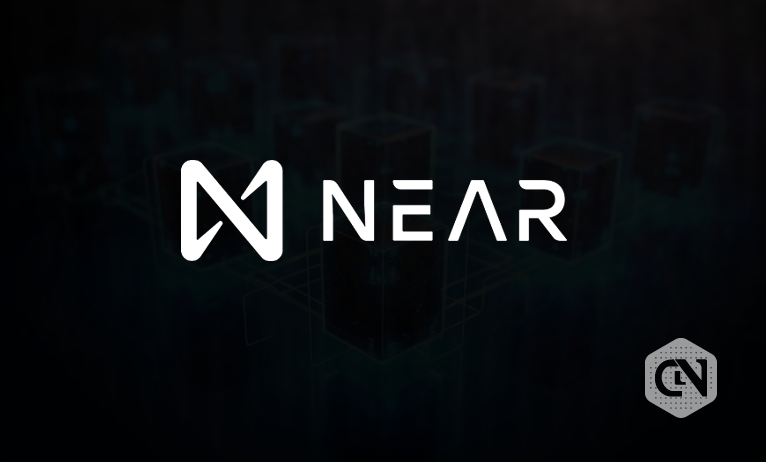The NEAR Protocol, a blockchain platform designed to enable decentralized applications and scalable solutions, has achieved a significant milestone with the launch of its Fast Finality Layer on testnet. This development marks a crucial step forward in NEAR’s mission to provide a robust infrastructure for the next generation of blockchain-based applications.
The Fast Finality Layer, also known as “FFL,” is a key component of NEAR’s architecture that enhances transaction finality and overall network performance. NEAR’s implementation of this layer seeks to address one of the most pressing challenges confronting blockchain networks: attaining fast transaction confirmation times without sacrificing security or decentralization.
The Ethereum network’s rollups are gaining traction among users, signaling a new stage in the development of smart contracts and dApps. As the ecosystem evolves toward its rollup-centric vision, high finality times, liquidity, and state fragmentation present new challenges. These obstacles hinder innovation and usability. The NEAR Fast Finality Layer (NFFL) project is led by NEAR, Nethermind, and EigenLabs. NFFL addresses finality and fragmentation to promote Ethereum ecosystem accessibility and growth.
An enhanced infrastructure layer, NFFL, speeds up transaction finality on Ethereum’s Layer 2 rollups and beyond. To achieve this, it uses the Ethereum network’s security mechanisms in conjunction with EigenLayer’s restaking features and the validator assurances of NEAR. This combination allows transactions to be finalized in seconds, unlike ZK and optimistic rollups, which take hours or days. NFFL addresses cross-chain communication, cost, and speed challenges.
With the Fast Finality Layer now live on testnet, developers and users may explore NEAR’s innovative consensus and scalability strategy. The NEAR team’s extensive research, development, and testing have led to this milestone, proving their dedication to a high-performance blockchain platform.
One of the Fast Finality Layer’s key features is its ability to achieve near-instant transaction finality, which confirms a transaction irreversibly and prevents its reversal or modification. This capability is essential for applications requiring high-throughput and low-latency transaction processing, such as DeFi, gaming, and digital identity solutions.
The Fast Finality Layer improves transaction finality and NEAR’s network performance, allowing it to support more TPS with affordable fees and efficient resource use. Scalability is essential for the mass adoption of decentralized apps and a smooth user experience.
One of NFFL’s most significant consequences is its contribution to a more comprehensive understanding of chain abstraction. With this notion, user and developer interactions with blockchain networks will be easier, and end users won’t notice the technologies. The NFFL layer enables fast, secure, and interoperable transactions, paving the way for a blockchain ecosystem where assets and applications can flow freely without technological barriers.
The launch of the Fast Finality Layer on Testnet represents a significant milestone for NEAR and underscores the platform’s ongoing commitment to innovation and excellence in blockchain technology. With this milestone achieved, NEAR is well-positioned to solidify its position as a leading blockchain platform for decentralized applications and enterprise solutions.
The alliance brings together diverse experiences to create a user-centric, scalable, and efficient Ethereum network. NEAR’s innovative blockchain technology, Nethermind’s Ethereum infrastructure and security, and EigenLabs’ EigenLayer protocol innovation benefit the NFFL project. This shows a shared dedication to blockchain innovation.
Developers interested in exploring the Fast Finality Layer and building on the NEAR platform can now leverage its enhanced capabilities to create innovative and scalable decentralized applications across a wide range of industries. NEAR Protocol-powered decentralized innovation has a promising future as it continues to iterate and improve its technology.


